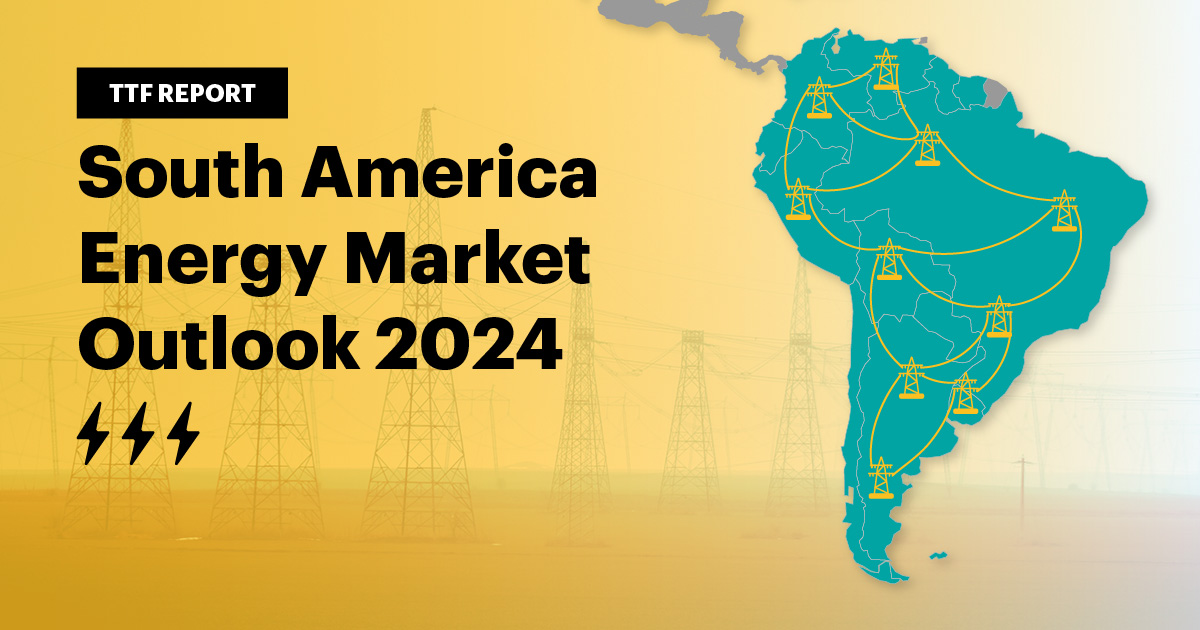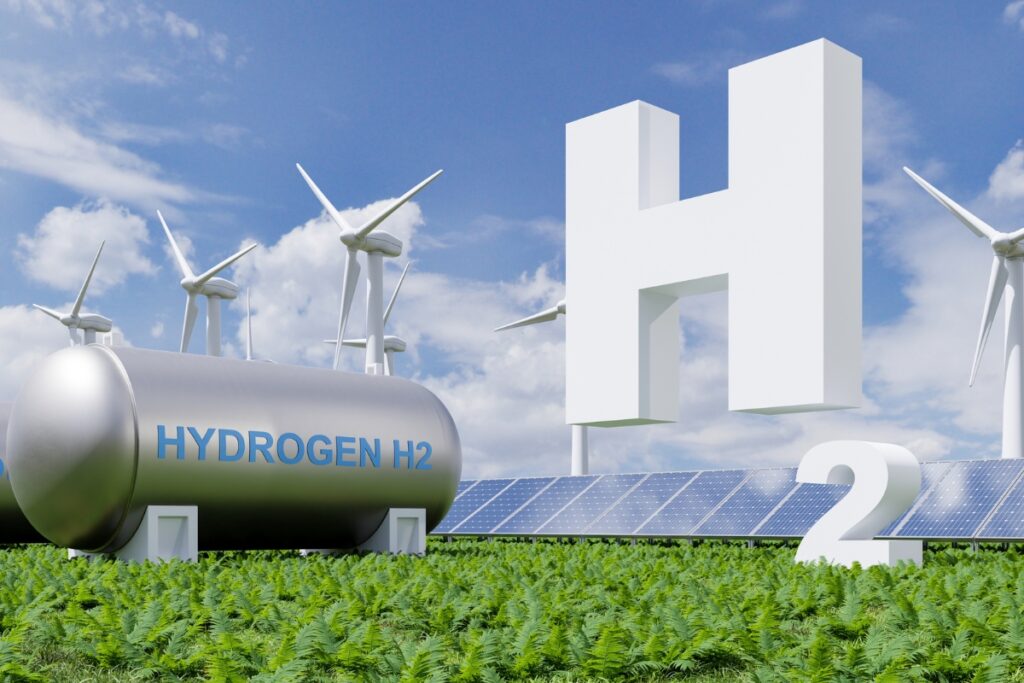
Green hydrogen production in South America continues to develop as investments increase in renewable energy. It requires use of renewable energy sources to power the electrolysis process. it uses renewable sources such as solar, wind and hydropower for the electrolysis process. Due to this, South America is well positioned to become a global leader in green hydrogen production. The energy produced from the region could contribute to both domestic energy needs and global decarbonization efforts. Leading countries in green hydrogen production include Chile, Brazil, Argentina, and Uruguay. This is from the resources in the Atacama Desert and the Andean Mountain regions. The energy produced from this region could help in decarbonizing the economy.
Opportunities for green hydrogen production in South America
Production of green hydrogen in South America offers opportunities for leveraging the renewable sources. The region can harness the potential of green hydrogen through strategic investments and supportive policies. Green hydrogen provides opportunities such as export potential, decarbonization, energy security and technological development. It also provides opportunities like sustainable development, economic growth, enhanced energy cooperation and integration with other green technologies. A rock anchor is a foundation system used to provide a secure and reliable anchor point for the towers that support the power lines.
Technology innovation for green hydrogen in South America
There are several technological innovations advancing the development and deployment of green hydrogen. The innovations help to reduce production costs, improve efficiency and scale up green hydrogen projects. The availability of research initiatives, pilot projects and supportive policies further drive the progress in the region. Discussed below are the technological innovations for green hydrogen production in South America.

- Electrolysis technology – the use of proton exchange membrane is gaining traction in South America. This is due to their efficiency and flexibility suitable for integrating with intermittent renewable energy sources. Other technologies include alkaline electrolyzers and anion exchange membrane electrolyzers.
- Renewable energy integration – there is development of hybrid renewable systems in the region. These combine solar, wind and hydropower. They help provide a stable and continuous supply for green hydrogen production. There is also use of energy storage technologies such as batteries and pumped hydro storage. This helps to manage the fluctuations in renewable energy supply.
- Hydrogen production and use – this includes research into high-temperature electrolysis. This is by using heat from industrial processes or concentrated solar power. There is also development of more efficient electrolyzers that can produce green hydrogen more cost effectively.
- Infrastructure and distribution – there is also innovations in hydrogen storage technologies. This is including advanced compression techniques, liquid hydrogen storage and metal hydrides. The infrastructure also includes hydrogen transport and port infrastructure.
- Industrial applications – there are innovations exploring the use of hydrogen in industrial processes. This includes developing technologies that can integrate hydrogen as an energy source.
- Research and development initiatives – South American countries continue to engage in collaborative research initiatives with international partners. These focus on advancing hydrogen technologies, sharing knowledge and accelerating innovation.
Energy storage systems for energy production
Energy storage systems are important for the effective use and commercialization of green hydrogen. This is especially in regions like South America where renewable energy sources are abundant but intermittent. The adoption of energy storage systems will help South America in achieving its sustainability and energy security. The following are the energy storage systems for green hydrogen.

- Hydrogen storage – this includes use of compressed hydrogen storage, liquid hydrogen storage and metal hydrides. They allow for higher density, are safer to handle and find use in hydrogen storage and export.
- Energy storage for renewable integration – this includes use of battery storage, pumped hydro storage, and compressed air energy storage (CAES). These systems provide large-scale storage and helps in stabilizing the grid.
- Advanced storage technologies – the technology includes flow batteries that store energy in electrolyte solutions that flow through electrochemical cells. Other systems include superconducting magnetic energy storage systems (SMES). This stores energy in the magnetic field created by superconducting coils.
- Energy integration systems – this includes power-to-gas technology that converts excess electricity from renewable sources to hydrogen. It allows for the integration of renewable energy with the gas sector and provides a means of storing energy over long periods.
